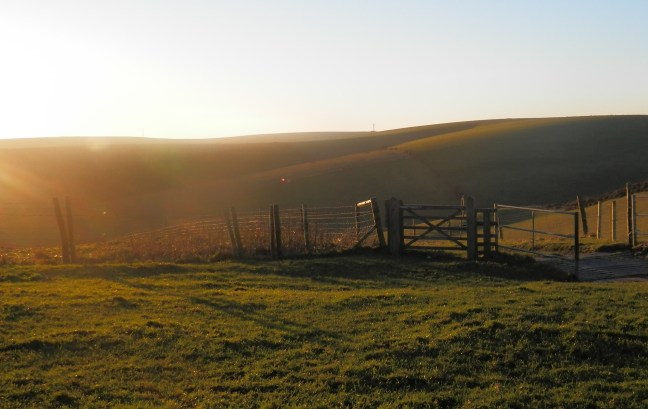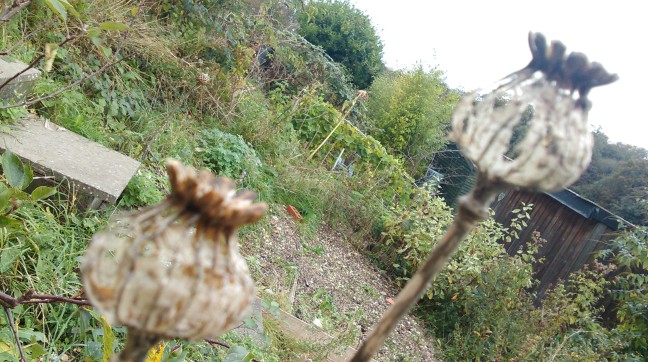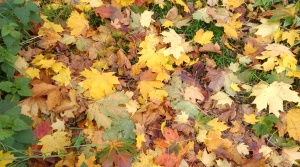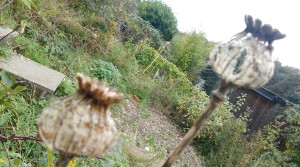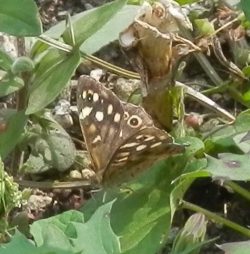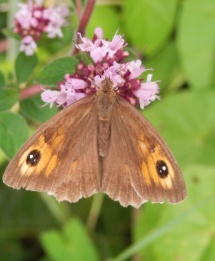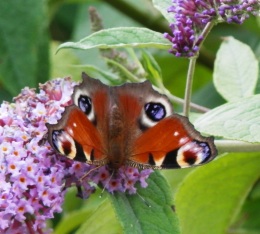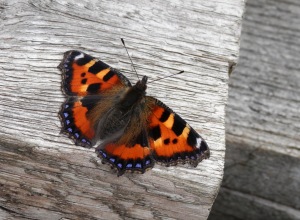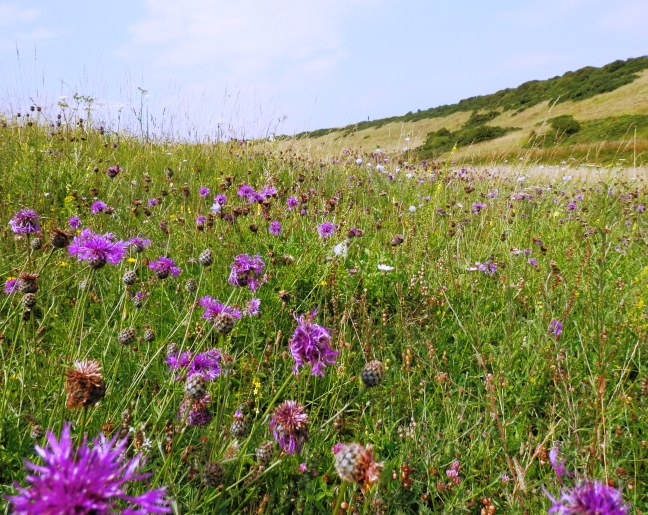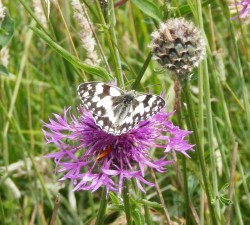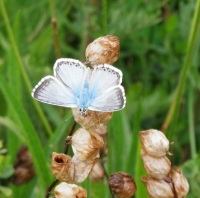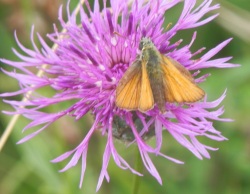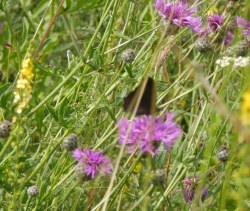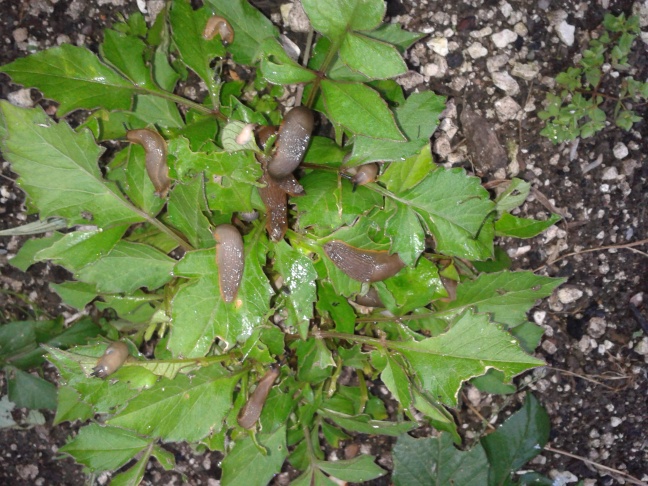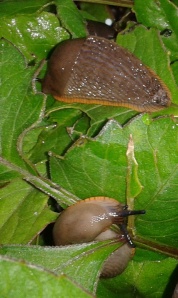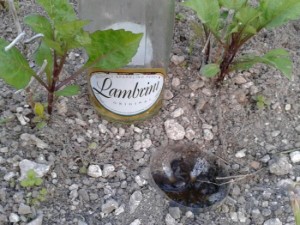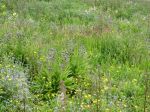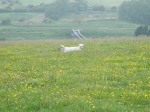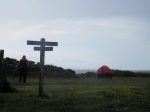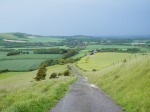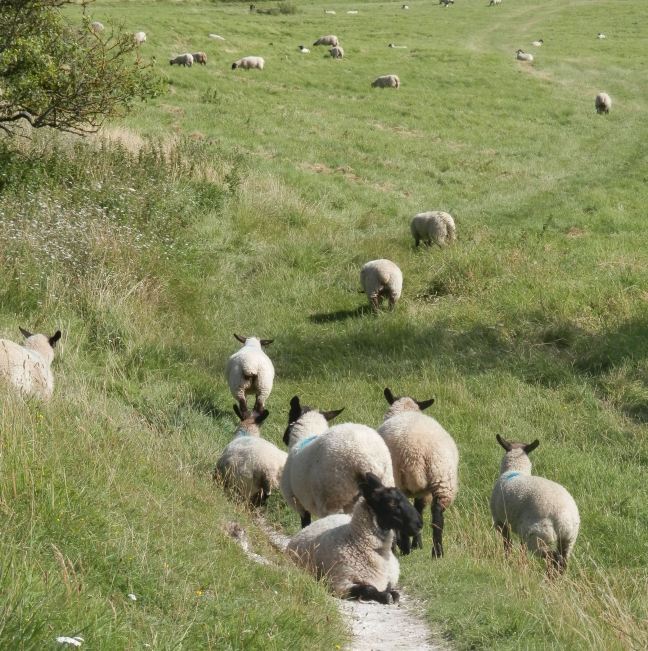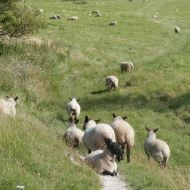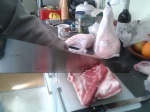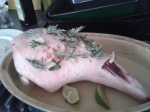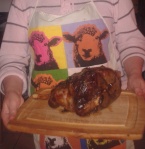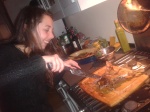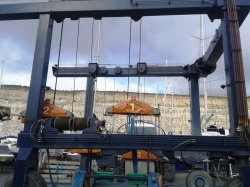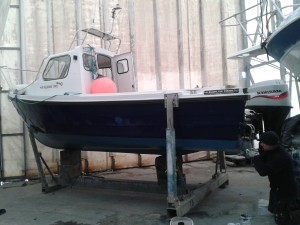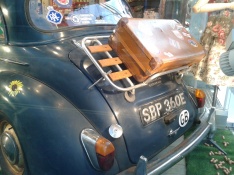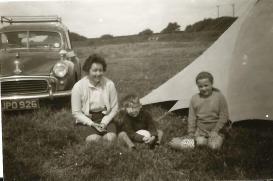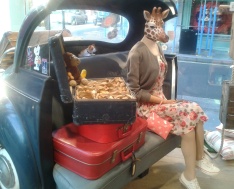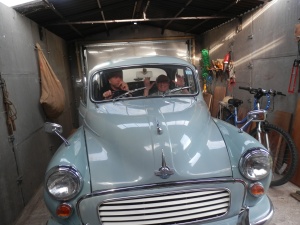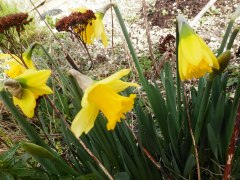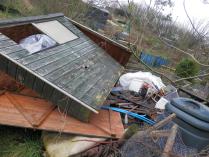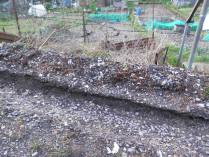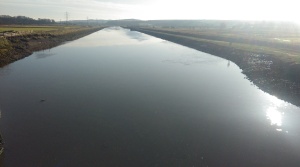 Sharp air and sunshine strike as we stride away from Southease Station seizing a weather window for a winter walk. Low December light leads the way, glancing across a glassy Ouse as a tide smoothly slips in, we swing across the bridge.
Sharp air and sunshine strike as we stride away from Southease Station seizing a weather window for a winter walk. Low December light leads the way, glancing across a glassy Ouse as a tide smoothly slips in, we swing across the bridge.
Past passive ponds and ditches there’s no sign of stirring in the village except a resident of Rectory Cottage religiously 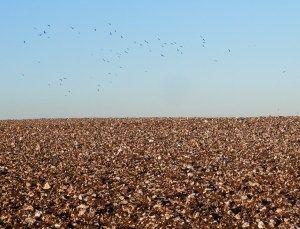 removing sun kissed smears from windows. The fug of fires wafts through fast moving traffic on the Rodmell road we dodge to reach hills.
removing sun kissed smears from windows. The fug of fires wafts through fast moving traffic on the Rodmell road we dodge to reach hills.
Planted on the path of the South Downs Way is a partridge – maybe seeking sanctuary from the thump of distant guns? Sun warms sodden soil and the valley volleys with cries of 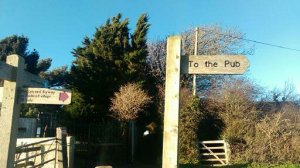 crows and gulls foraging flinty fields for fodder as we ramble the rubbly road.
crows and gulls foraging flinty fields for fodder as we ramble the rubbly road.
A steep climb up the scarp beyond chomping cows brings us to the brow of Mill Hill. We look out to watch the river meet the sea – at Newhaven, where the incinerator squats outside the town – like an alien invader waiting to poounce. Here we find a sign offering the temptation of a side track To The Pub. But now six hundred feet above the sea it can’t compete with a 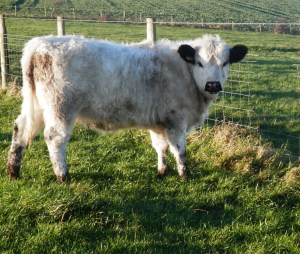 cloudless swathe of sky that’s set to soothe the soul.
cloudless swathe of sky that’s set to soothe the soul.
Onwards up and down the Downs passing the farm at Breaky Bottom we are flanked by sea and civilisations. To the South the Channel seems silent and calm today, while Lewes castle stands apart, marketing the town before the clusters of homes to the North. The roar of the road carrying Christmas shoppers is muffled by distance, cows chomping cud and the squelch of mud as boots stump through 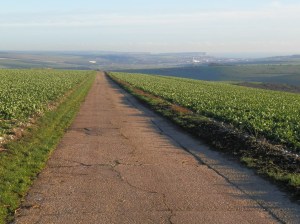 hoof churned sludge.
hoof churned sludge.
It takes an hour to reach the concrete relief of the downs’ own yellow brick road. Riven by weather this cracked track remains a reminder of a war, and now provides a South Downs speedway for cyclists who arrive by braving the more challenging chalk rutted trails.
Where road gives back to traditional track a moss covered memorial log waits for the weary walker, providing a prime perch. Supervised by sheep its time to toke on tea and murmurate over mince pies mangled by travel. Time to stop and ingest the spread of Lewes Brooks spanning the valley below. From a far off farm a single skein of smoke unfurls framed by  Firle Beacon and the short train sneaks along the line to Seaford.
Firle Beacon and the short train sneaks along the line to Seaford.
Now the sun has dropped towards the sea so its time to stride the scarp while watching shadows draw shapes across the land. Trees lean inland shoved sideways by westerly winds – but now almost nothing stirs. One lone cyclist slips along in silhouette against the soon to be slumbering sky, while a wobbly  wind turbine spins – in no perceptible wind.
wind turbine spins – in no perceptible wind.
Reaching Newmarket Hill Brighton brigthens in the dark beyond the column of cars on Falmer Road. Reluctant to return we grasp a last glance back to catch a candy floss sky topping ice cream coloured cliffs at Seaford Head. Ahead the outlook dims in dying light as we wend the way round 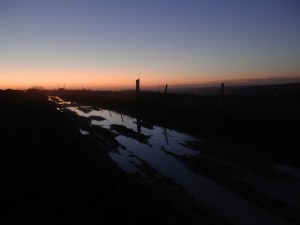 Woodingdean along the course well trod by horses. Puddles illuminate the way with reflections of the sky as we paddle and slide towards home along the backs of bungalows.
Woodingdean along the course well trod by horses. Puddles illuminate the way with reflections of the sky as we paddle and slide towards home along the backs of bungalows.
Finally four hours since starting out we strike back onto pavements and make the steep slog down Bear Road to Brighton which finishes a very fine nine mile meander.
